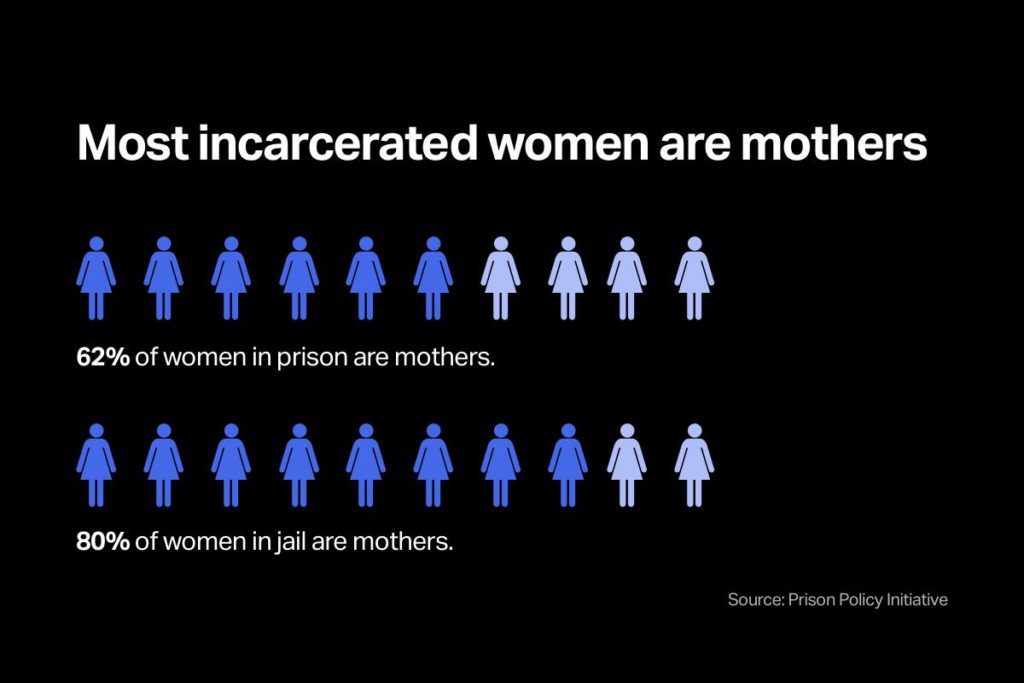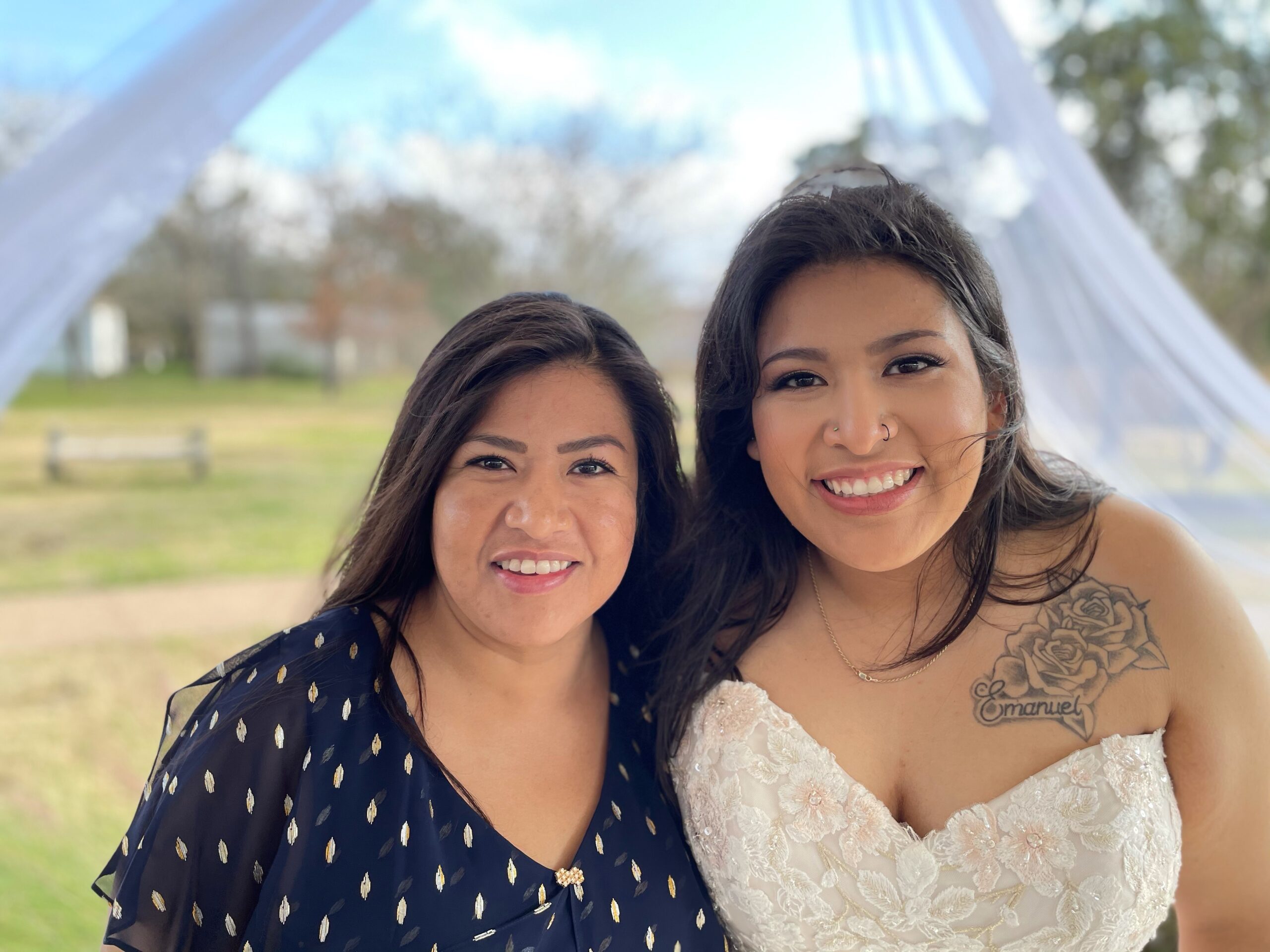8 Facts About Incarcerated and Wrongfully Convicted Women You Should Know
Over the past three decades, nearly 300 women have been exonerated.
03.01.22 By Daniele Selby
Updated on March. 12, 2024: This piece was originally published on March 1, 2020, and has been updated to reflect the latest statistics.
Women’s History Month is an occasion to recognize advancements in gender equality and the achievements of women around the world in everything from media to science to criminal justice reform. But it’s also an occasion to acknowledge the work that needs to be done to truly establish gender equality in all aspects of life.
When it comes to incarceration and wrongful conviction, women face unique challenges both as directly impacted individuals and as the people who shoulder much of the financial and caretaking burden when loved ones are incarcerated.
Yet conversations about mass incarceration have often overlooked women, even though they are the fastest-growing group of incarcerated people, according to the Prison Policy Initiative.
Here are eight important facts about women and incarceration in the U.S. that you should know.
1. The population of women in state prisons has grown at more than twice the rate of the population of men in state prisons.
Women account for approximately 10% of the 2 million incarcerated people in the U.S., but despite making up a relatively small percentage of the overall incarcerated population, the number of women in state prisons is growing at a much faster rate than men. Between 1978 and 2015, the female state prison population grew by 834%.
2. Women are disproportionately incarcerated in jails where more than half of them have not yet been convicted of a crime and are still presumed innocent.
About 191,000 women were detained in jails and prisons across the U.S. in 2023, with approximately 84,000 being held in local jails. Among the women in these local jails, 61% had not yet been found guilty of a crime and were awaiting trial. One contributing factor to the high rate of women in jails pre-trial is that women are less likely to be able to afford to make bail or to pay other fees and fines that may prevent them from returning home to await their trials, according to the Vera Institute of Justice.
3. Most incarcerated women are mothers.
More than 60% of women in prison have children under the age of 18 and nearly 80% of women in jail are mothers, the Prison Policy Initiative reports. Incarcerated women tend to be single parents or primary caretakers more often than incarcerated men, according to the Vera Institute. This means that their incarceration is likely to have a major impact on their children and family members. Many children of incarcerated mothers are placed in foster care.

Women are more likely to be incarcerated far away from their children because there are fewer women’s prisons than men’s making it difficult and costly for their children and family members to see them in person. After their incarceration, it can be extremely challenging for mothers to reunite with children placed in foster care.
![Kristine Bunch was wrongfully convicted in 1996 and spent 17 years in prison before being exonerated with the help of the Center on Wrongful Convictions in 2012. [Photo: Narayan Mahon]](https://innocenceproject.org/wp-content/uploads/2023/02/Bunch-Exonerations-NMahon23-1-scaled.jpg)

My daughter us one. Georgia, Hall county us charging her to the point she will never get her life back. A Psychiatrist labeled Hall county as her trauma but nobody wants to help. Is she one to be forgotten or ignored? I hope and pray not